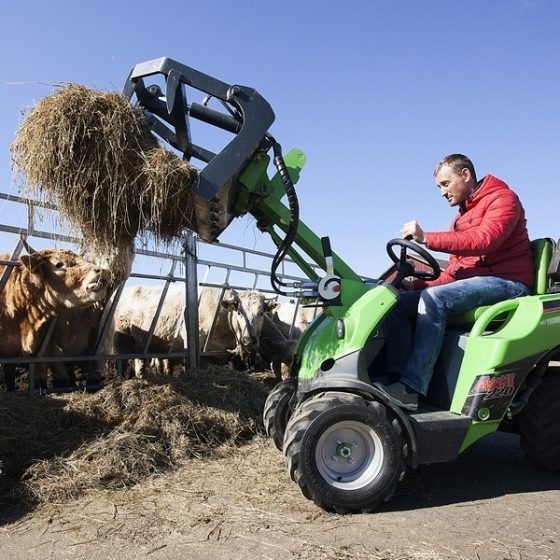Agriculture and Food Industry
Introduction
In 2021, the main occupations of agriculture employed over 8000 people, or over 13,000 when counting unskilled workers. The main occupations of the food industry employed a total of 10,000 people, or 13,000 when counting unskilled workers.
Employment in the agriculture and food industry will decrease by 11% by 2031, in particular at the expense of unskilled and skilled workers. At the same time, labour demand remains high, due to both replacement need and turnover.
There are enough vocational graduates in the sector, but the number of graduates in horticulture and landscaping and bakery and confectionery significantly exceeds labour demand. There is a shortage of highly educated graduates in the sector, and their up-take of employment in the sector is also low.
The future labour and skills demands of the agriculture and food industry sectors will mainly be impacted by trends such as demographic changes, technological progress and innovation, changing values and the environment and green transition.
Take a look at the key findings here
About the study
The aim of the study was to determine
- how employment and skills demand in the main occupations will change by 2031, and
- what changes need to be made to training supply to better meet the changing demands of the labour market.
The result of the analysis is a labour market training order based on estimates of trends affecting the sector, the financial position, labour and skills demands and the comparison between labour demand and training supply. The study provides policymakers with a guide for steering the future.
Both quantitative and qualitative research methods were used to meet the aim of the study. Data sources include interviews with experts and alumni, statistics, previous research carried out in Estonia and abroad and strategic documents, development plans etc. in the sector.
Structure of the research report
- Description of the sector and its main occupations
- Overview of trends, causal factors and development plans affecting the sector’s labour and skills demands in the near future
- Overview of employment and skills demands in the main occupations in the sector
- Relevant degree education, further training and retraining opportunities in the sector
- Labour demand and employment forecast for the next 10 years
- Comparison of labour demand and supply
- Conclusions and suggestions for meeting the forecast labour and skills demands
This is the second OSKA study on the need for labour and skills in the sector of agriculture and food industry. The first study was completed in 2017 (key findings here).





